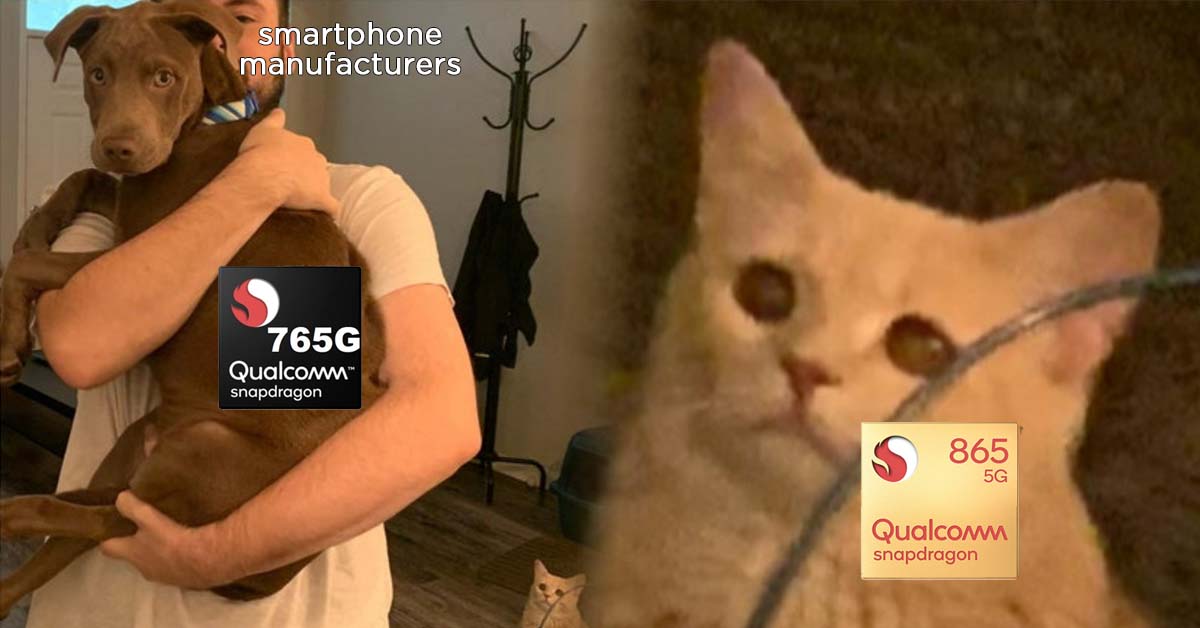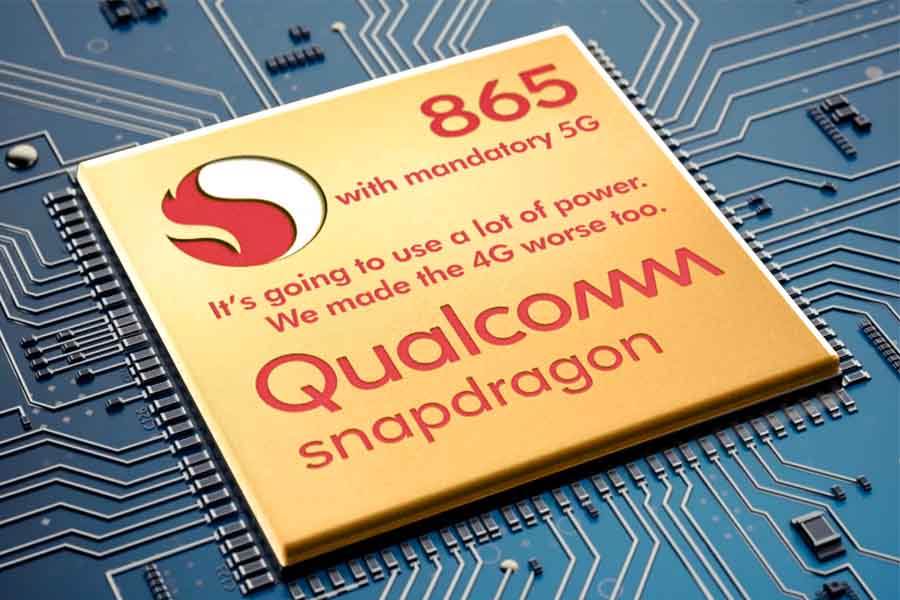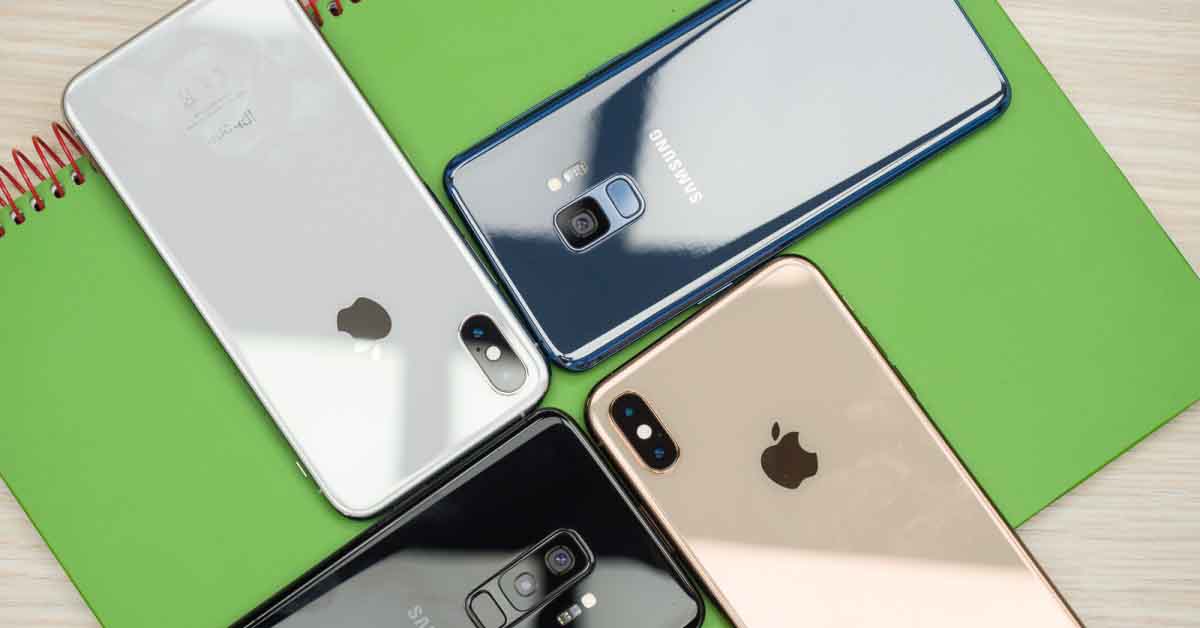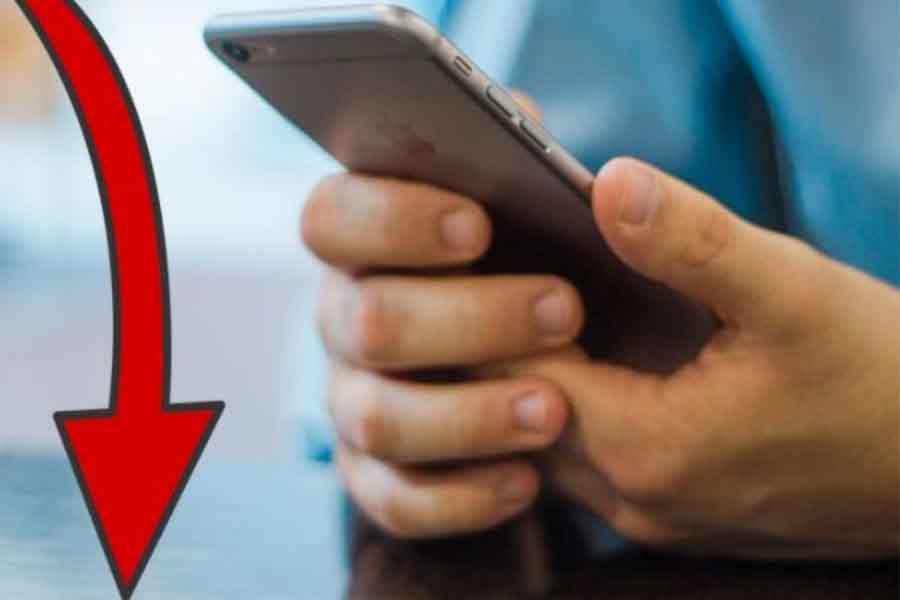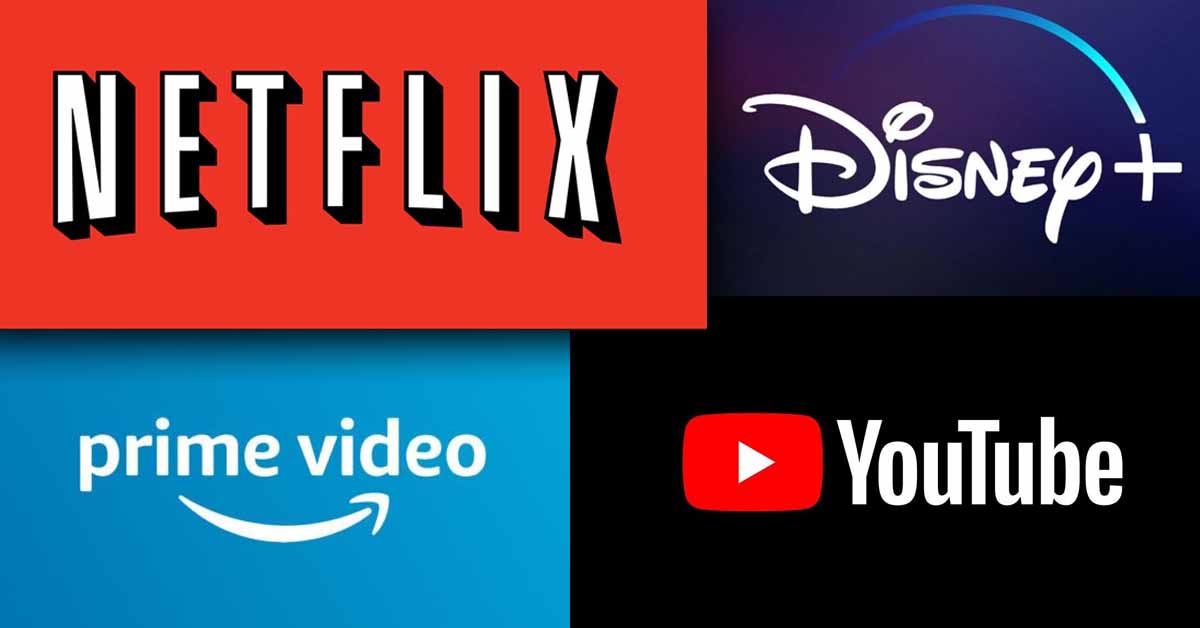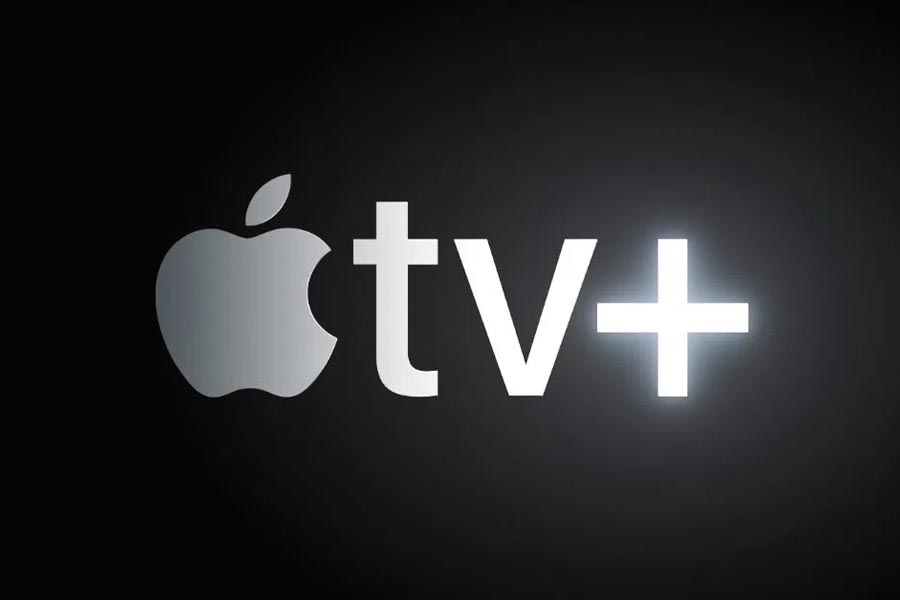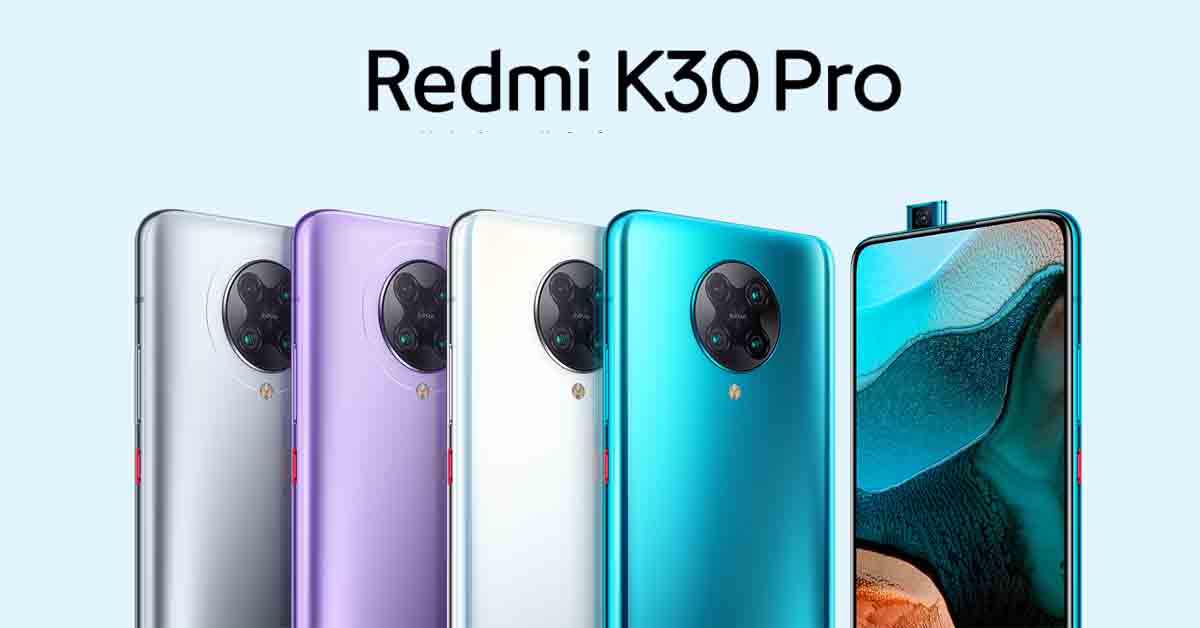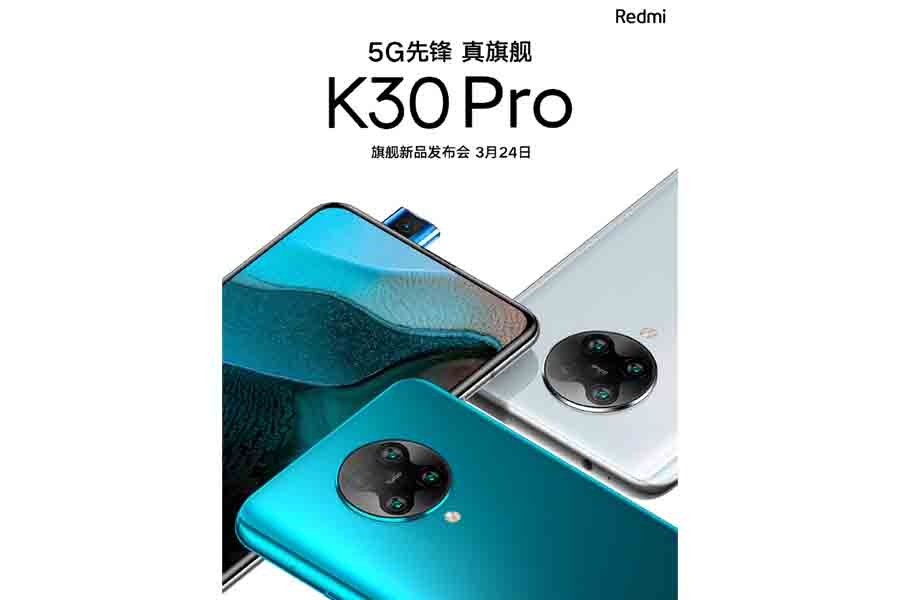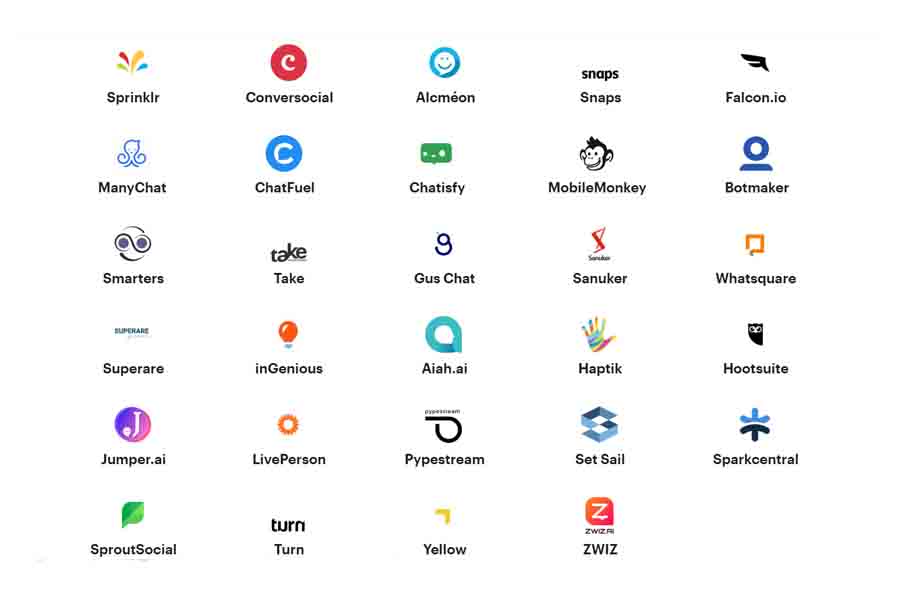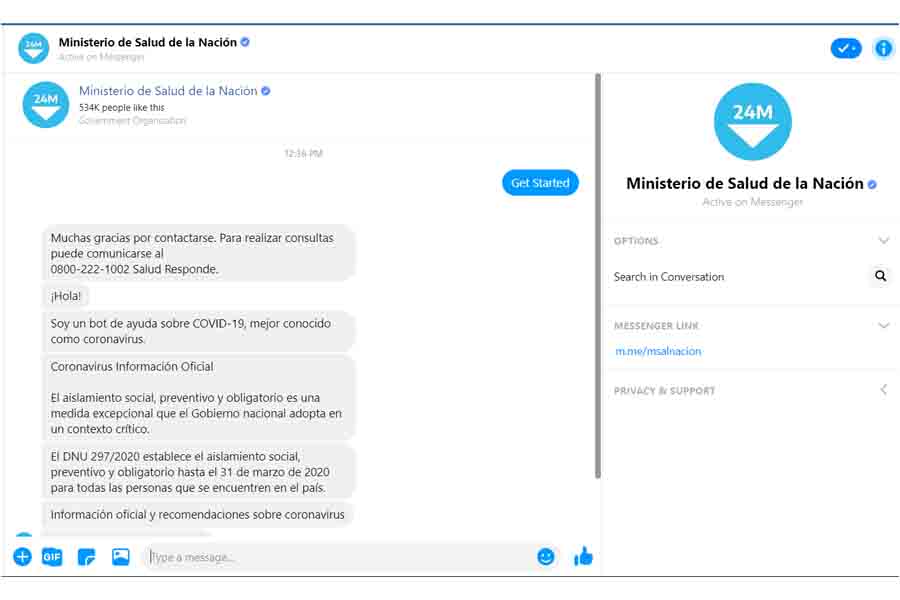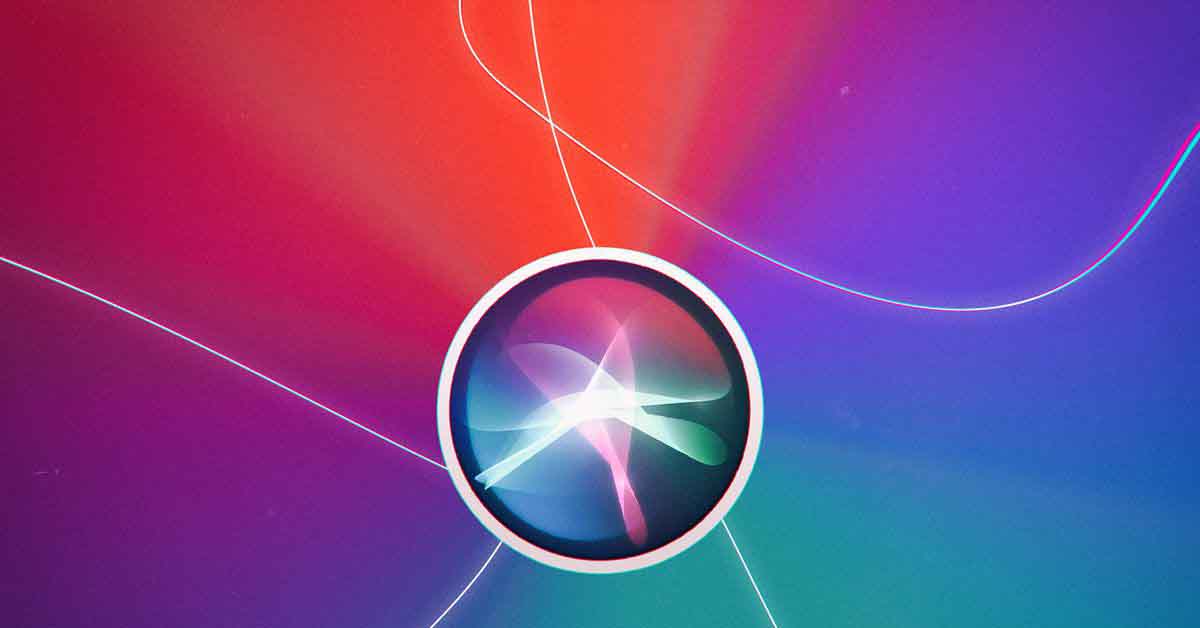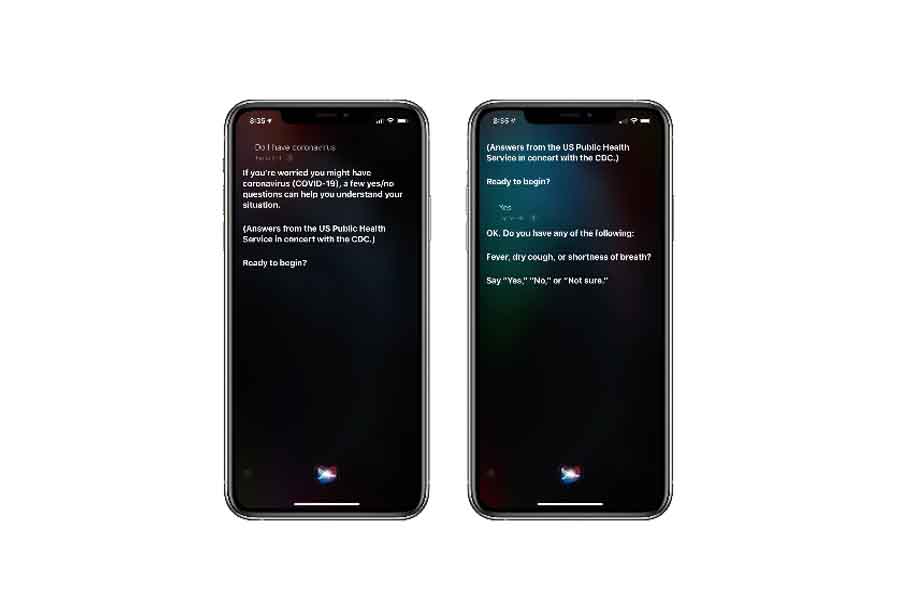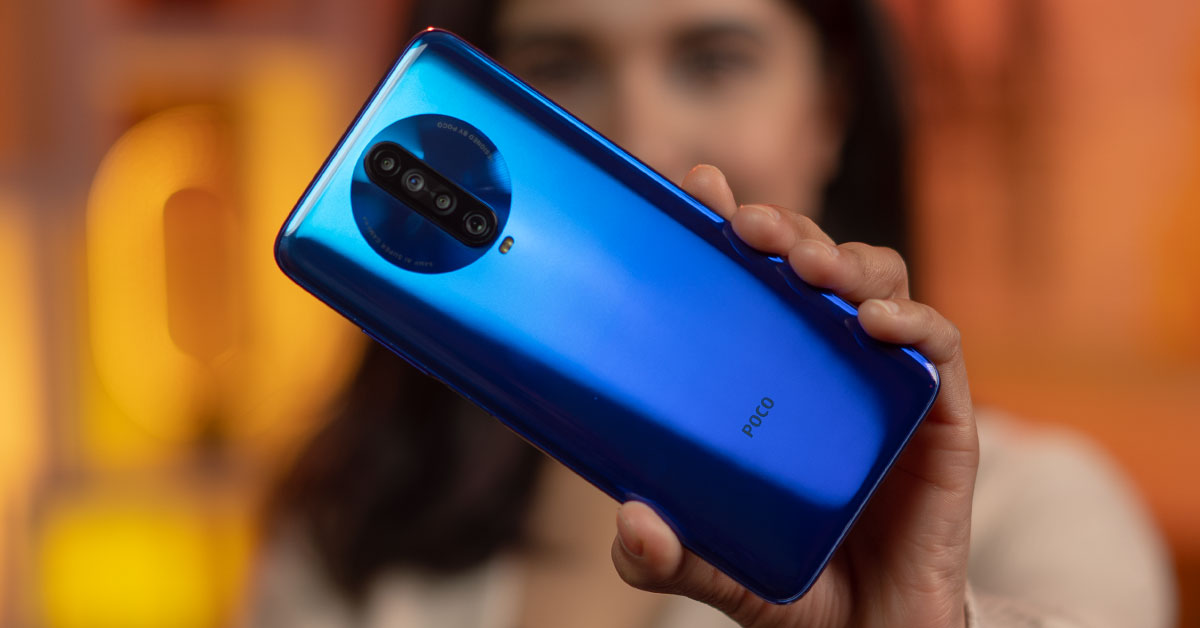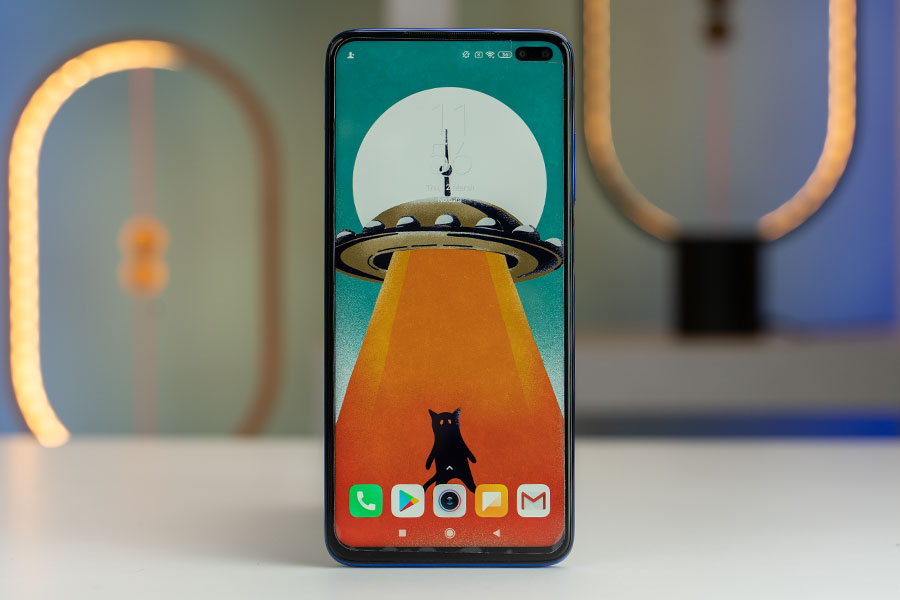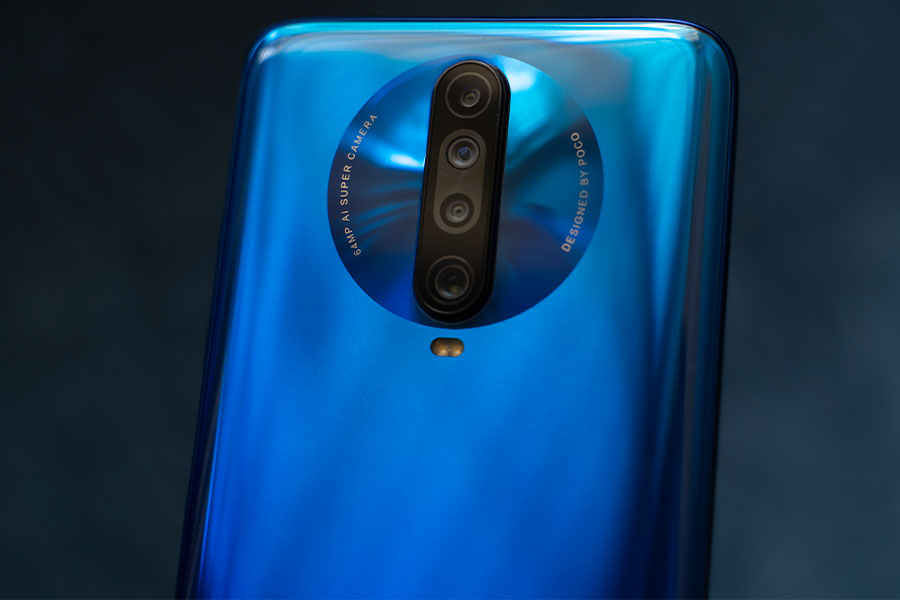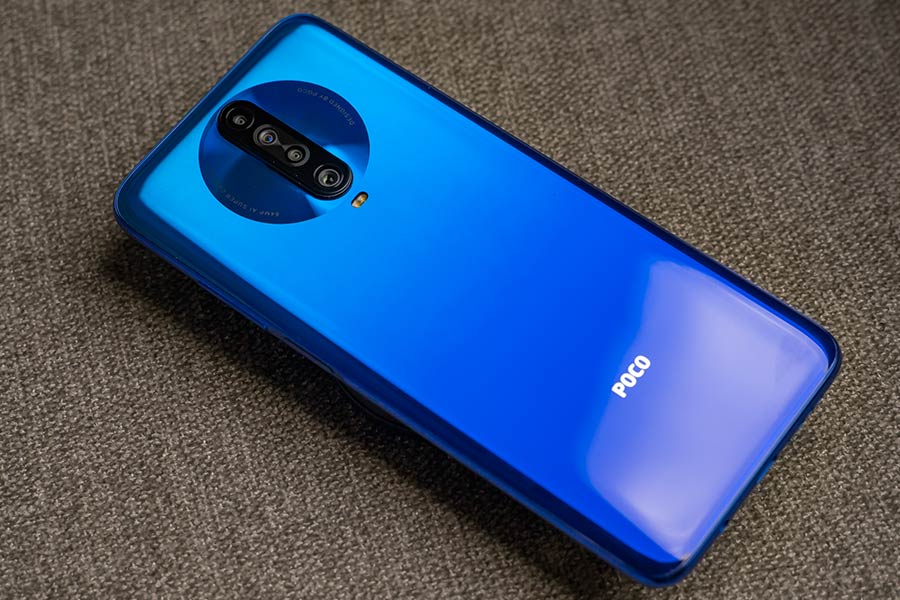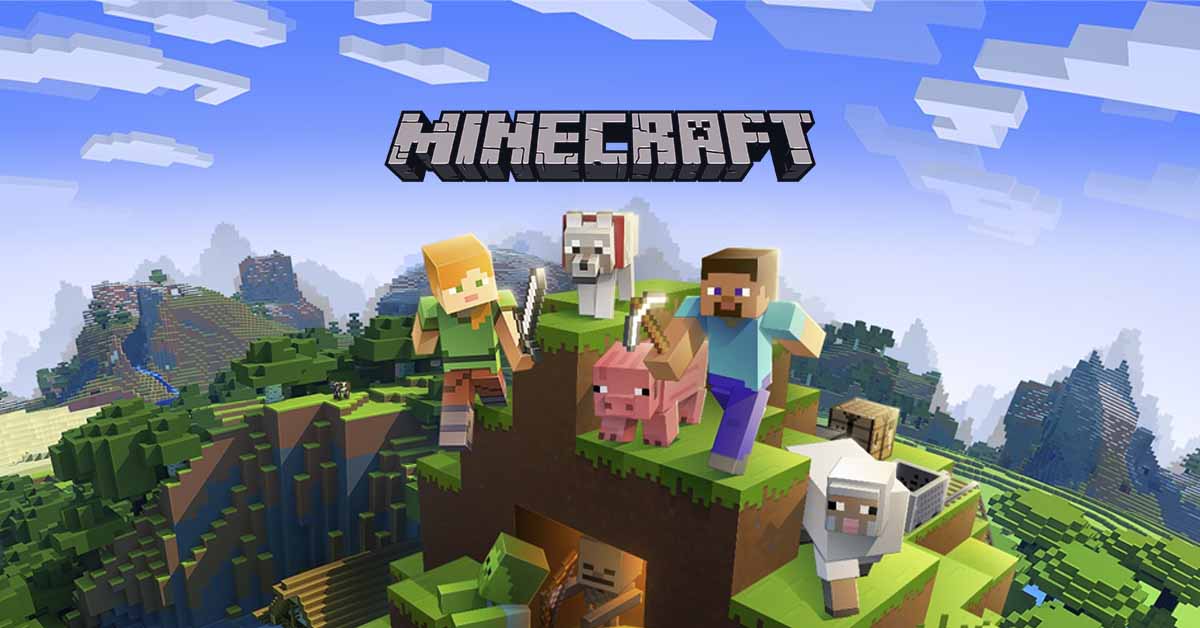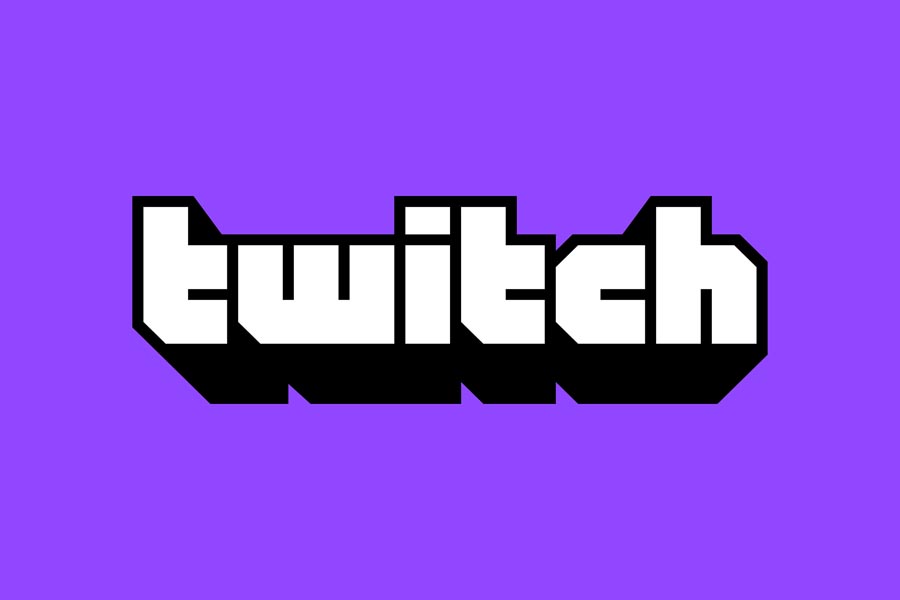5G is the top smartphone trend of 2020 and this hasn’t left the midrange segment untouched. The latest mid-range device to support the technology is ZTE Axon 11 5G. Let’s check out specs, expected price in Nepal and official launch date of ZTE Axon 11 5G.
ZTE Axon 11 5G Overview
The Axon series features the best smartphones from Axon. The devices under the series flaunt flagship specifications in terms of display, camera setup, and processor. While ZTE Axon 11 5G ticks most of the boxes, it misses out in the flagship processor. Even though both ZTE Axon 10 Pro and ZTE Axon 10S Pro were both flagship devices, Axon 11 is a mid-range device with Snapdragon 765G.
Display
Axon 11 5G comes with a 6.47-inch AMOLED display. The display looks premium thanks to the hyperbolic curve and it features a notch to accommodate the selfie camera. The panel, here, is an FHD+ panel and packs in a total of 1080 x 2340 pixels. A fingerprint sensor is mounted under the display. The device weighs only 168g and it could make it the lightest 5G enabled smartphone in the world.

Chipset
Unlike the previous Axon devices, it doesn’t come with the latest flagship processor available. It is powered by Snapdragon 765G which is a capable processor in the mid-range segment. The base variant comes with 6GB of RAM paired with 128GB of internal storage. It is also available in 8/128GB and 8/256GB memory configurations.
Check out why smartphone makers are now opting for SD 765G
Camera
ZTE 11 5G flaunts a quad-camera setup on the back. The 64MP primary camera is accompanied by an 8MP ultra-wide sensor, a 2MP macro sensor, and a 2MP depth sensor. This particular setup is quite common these days but what separates this device apart is the video image stabilization support for both the primary and ultra-wide sensor. For your selfie needs, there is a 20MP camera inside the tiny notch on the front.

Also, Check out Nokia 8.3 5G powered by SD 765G
Others
The device gets its juice from its 4,000mAh battery. For reduced charging interval, it comes with support for Quick Charge 4.0+. The device ships with MiFavor 10 on top of Android 10. MiFavor 10 comes with a bunch of useful features such as Z-Booster 2.0, accidental touch detection, intelligent system to switch between data and WiFi, etc. It also covers both SA and NSA 5G bands.
ZTE Axon 11 5G Specifications:
| Display | 6.47-inch AMOLED curved display |
| Resolution | FHD+(2340 x 1080 pixels) |
| Chipset | Qualcomm Snapdragon 765G |
| CPU | Octa-core (1x 2.2Ghz Cortex-A76 + 1x 2.4Ghz Cortex-A76+ 6x 1.8Ghz Cortex-A55 ) |
| GPU | Adreno 620 |
| RAM | 6/8GB |
| Memory Configuration |
|
| Software & UI | MiFavor 10 based on Android 10 |
| Rear Camera |
|
| Front camera | 20MP camera, f/2.0 |
| Security | Fingerprint(under-display, optical) |
| Audio |
|
| Connectivity | Wifi 802.11 b/g/n/ac/ax, Bluetooth 5.0, Type-C, |
| Battery | 4000mAh with Quick Charge 4.0+ |
| Sensors | accelerometer, compass, proximity, gyro |
| Color Options | White, Black |
ZTE Axon 11 5G Price in Nepal, Availability
ZTE has unveiled the device in China with a price of 2698Yuan for 6/128GB variant, 2998Yuan for 8/128GB variant, and 3398Yuan for 8/256GB variant. Though the official launch date hasn’t been confirmed, the ZTE has already opened its pre-orders. As of now, the company hasn’t hinted about the global launch of the device.
But you might still get the device through grey channels in Nepal and we expect the price of ZTE Axon 11 5G in Nepal to be NPR 47,000 for 6/128GB variant, NPR 52,000 for 8/128GB variant, NPR 59,000 for 8/256GB variant
| Model name | Expected Price in Nepal |
| ZTE Axon 11 5G (6/128GB) | ~NPR 47,000 |
| ZTE Axon 11 5G (8/128GB) | ~NPR 52,000 |
| ZTE Axon 11 5G (8/256GB) | ~NPR 59,000 |



